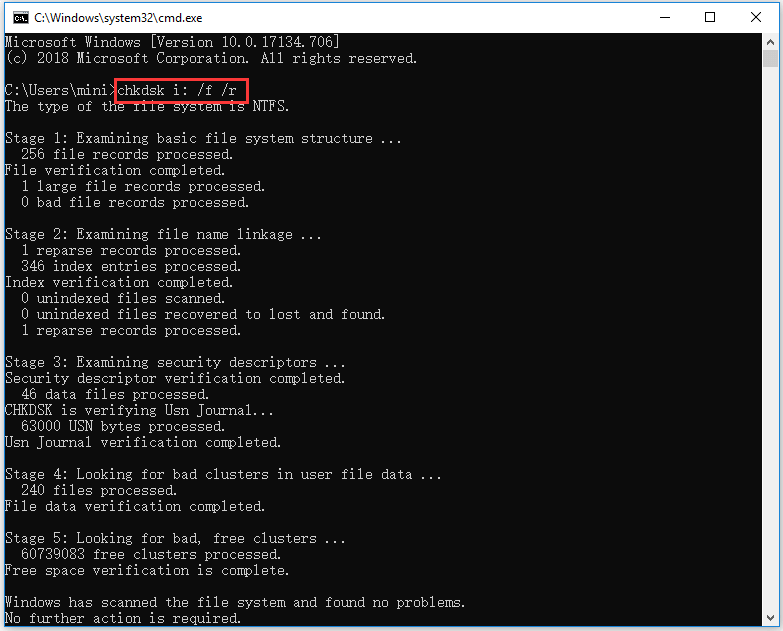

The Call command allows subroutines within batch file.EndLocal command restores the previous settings. Changes made to the command line environment after SetLocal commands are local to the batch file. SetLocal and EndLocal commands limit the scope of changes to the environment.The DELTREE command was merged into the RD command, as part of its /S switch.Internal commands have also been improved: The extensions can be disabled, providing a stricter compatibility mode. Supports delayed variable expansion with SETLOCAL EnableDelayedExpansion, allowing values of variables to be calculated at runtime instead of during parsing of script before execution (Windows 2000 and later), fixing DOS idioms that made using control structures hard and complex.The caret character forces the command line processor to interpret them literally.

" " and "|") that are meant to alter the behavior of the command line processor. There are special characters in cmd.exe and COMMAND.COM (e.g. Treats the caret character ( ^) as the escape character the character following it is to be taken literally.Adds command-line completion for file and folder paths.(Under DOS this function was only available under DR DOS (through HISTORY) and later via an external component called DOSKEY.) Supports using of arrow keys to scroll through command history.The HELP command can then be issued with the error message number to obtain further information. In OS/2, errors are reported in the chosen language of the system, their text being taken from the system message files. More detailed error messages than the blanket " Bad command or file name" (in the case of malformed commands) of COMMAND.COM.On Windows, cmd.exe is mostly compatible with COMMAND.COM but provides the following extensions over it: The ReactOS implementation of cmd.exe is derived from FreeCOM, the FreeDOS command line interpreter. NET 4.2, Windows CE 5.0 and Windows Embedded CE 6.0 it is also referred to as Command Processor Shell. Windows CE 2.11 was the first embedded Windows release to support a console and a Windows CE version of cmd.exe. The initial version of cmd.exe for Windows NT was developed by Therese Stowell. cmd.exe is the counterpart of COMMAND.COM in DOS and Windows 9x systems, and analogous to the Unix shells used on Unix-like systems. The implementations differ on the various systems but the behavior and basic set of commands is generally consistent. It is also commonly referred to as cmd or the Command Prompt, referring to the default window title on Windows. The name refers to its executable filename. IA-32, x86-64, ARM (and historically DEC Alpha, MIPS, PowerPC, and Itanium)Ĭmd.exe is the default command-line interpreter for the OS/2, eComStation, ArcaOS, Microsoft Windows ( Windows NT family and Windows CE family), and ReactOS operating systems.


 0 kommentar(er)
0 kommentar(er)
